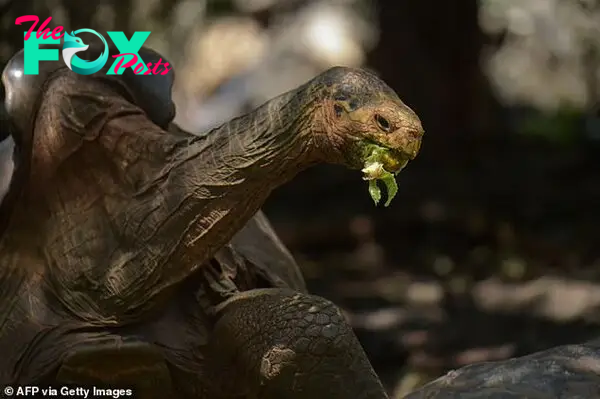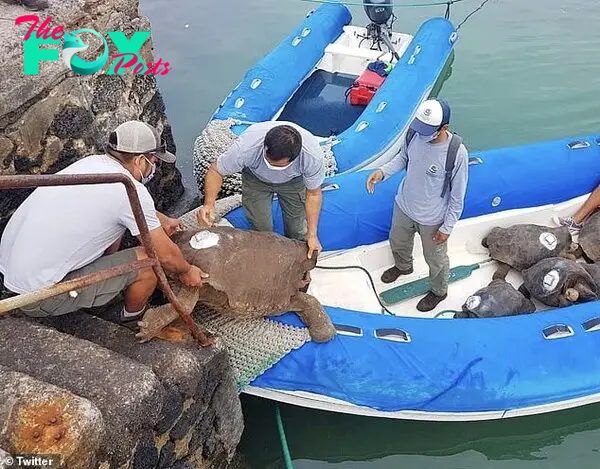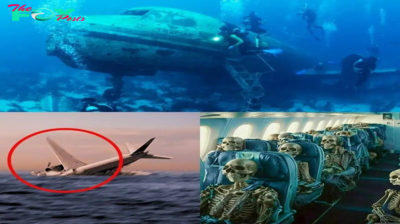A tortoise, nicknamed ‘sex machine’ for his role in repopulating his species, has retired after 87 years of reproductive efforts.
Diego the Giant tortoise fathered over 800 children after being moved to Santa Cruz island in Galapagos, Ecuador, by conservationists in the mid-1960s to save its dwindling population.
Now the 100-year-old tortoise will return to the uninhabited Galapagos island where he originated, Española Island off the coast of South America, to live out his days in peace.
It’s believed Diego was picked up from the island by explorers in 1933, eventually finding his way to California’s San Diego Zoo where he was drafted to join the breeding programme, reports The Guardian.

Diego the Giant tortoise fathered over 800 children after being moved to Santa Cruz island in Galapagos, Ecuador. He is named after San Diego Zoo in California
From there Diego, who is 175lb (12.5 stone) and an incredible 5ft tall when he stretches, became a prolific breeder.
He is said to be responsible for at least 40 per cent of the 2,000 existing members of his species, Chelonoidis hoodensis – a species of Galapagos tortoise only found on Espanola.
Ecuador’s Environment minister shared two pictures of Diego and fifteen others of his species making the journey back to Española Island, with the caption: ‘We close an important chapter in the management of Galápagos National Park.
‘Fifteen turtles of from Española Island, including Diego, return home after decades of breeding in captivity and saving their species from extinction. Your island welcomes you with open arms.’

It’s believed Diego was picked up from the island by explorers in 1933, eventually finding his way to California’s San Diego Zoo

Ecuador’s Environment minister shared two pictures of Diego and fifteen others of his species making the journey back to Española Island
In order to stop non-native plants being spread to the island by the tortoises – as they may be carrying seeds in their digestive system – the tortoises spent time in quarantine before being transferred home by boat.
Washington Tapia, a tortoise preservation specialist at Galapagos National Park said: ‘He’s a very sexually active male reproducer. He’s contributed enormously to repopulating the island.
Mr Tapia added: ‘We don’t know exactly how or when he arrived in the United States. He must have been taken from Espanola sometime between 1900 and 1959 by a scientific expedition.

He said the journey marked an important chapter in the management of Galápagos National Park, where the breeding programme took place
‘We did a genetic study and we discovered that he was the father of nearly 40 percent of the offspring released into the wild on Espanola.’
The Galápagos islands were well documented for their biodiversity in 1835 when Charles Darwin spent five weeks there studying the turtles, giant tortoises, the marine and land iguanas, the circling frigate birds.
However the population dwindled in the years after this due to predators, human behaviour, and habitat destruction from invasive species.
Thanks to Diego’s efforts the future outlook for his species has vastly improved, just 50 years ago there were only 12 female tortoise on Española Island – who had ventured to different parts of the island making reproduction less likely, reports The Guardian.











































